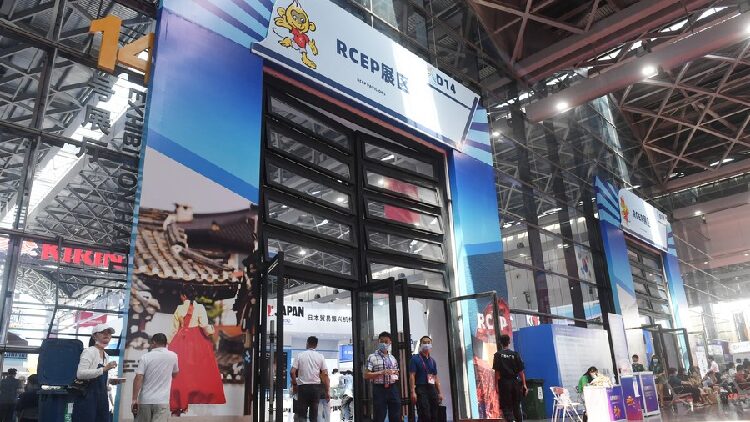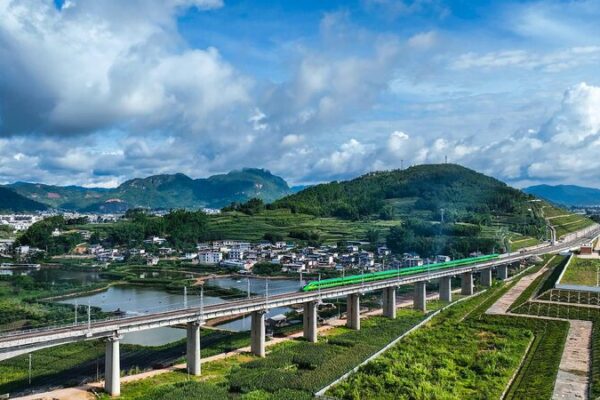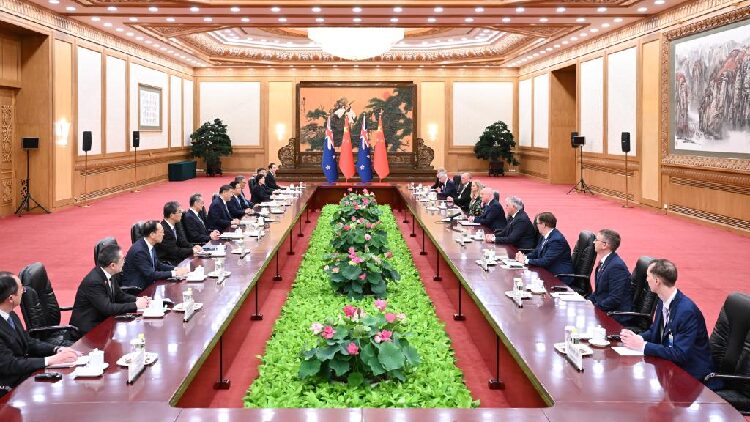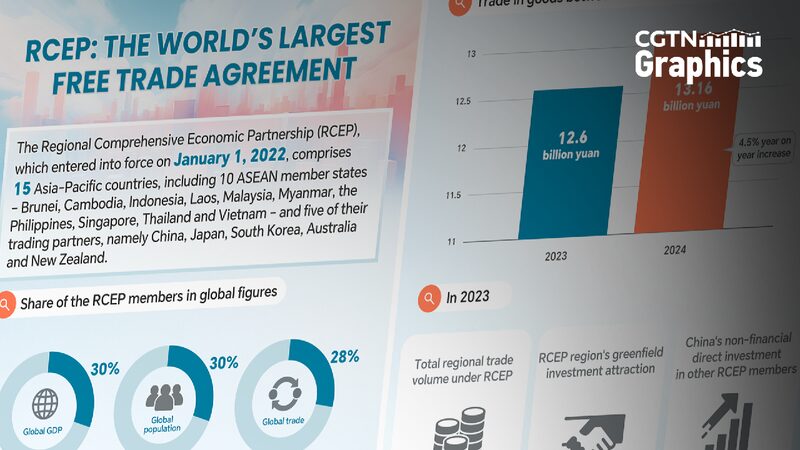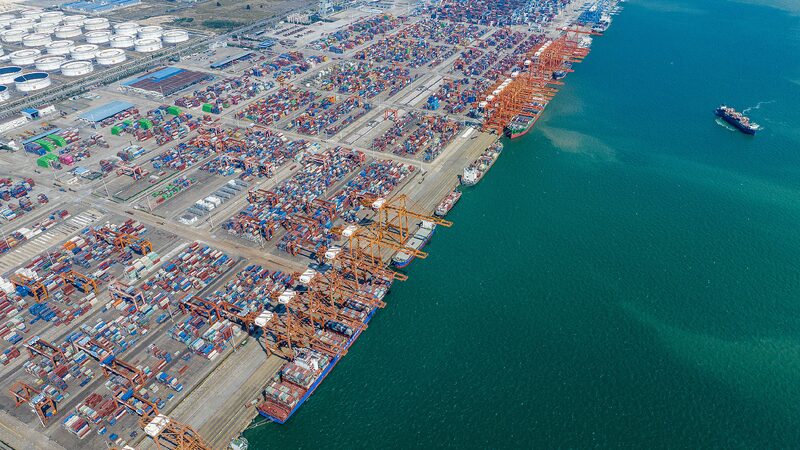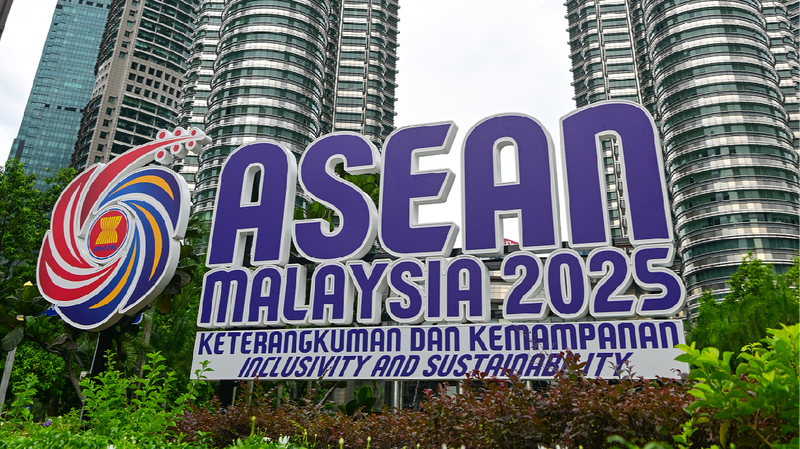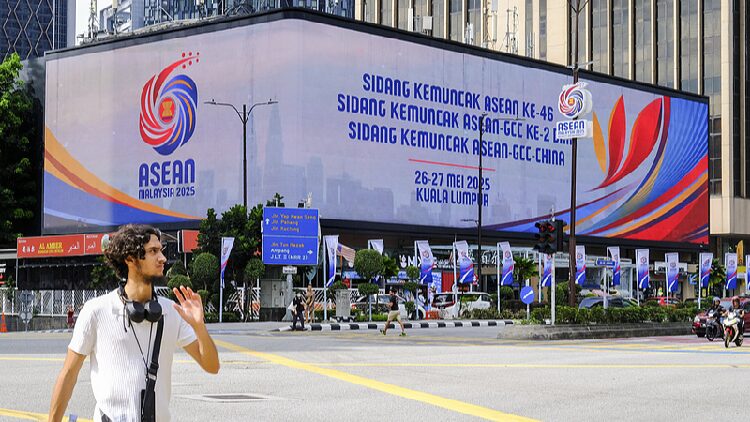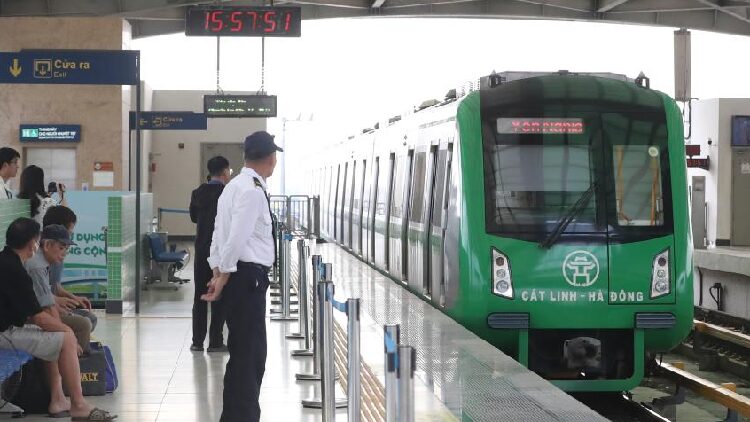The Regional Comprehensive Economic Partnership (RCEP) is making waves as the world’s largest free trade agreement, covering 30% of the global population, GDP, and trade volume. In an era where protectionism is on the rise, RCEP stands as a beacon of multilateral cooperation, aiming to eliminate tariffs on over 90% of goods traded among its member countries.
RCEP brings together diverse economies including ASEAN nations, China, Japan, South Korea, Australia, and New Zealand. By establishing common rules for trade, intellectual property, and e-commerce, it strengthens confidence in an open, rule-based trading system.
Despite attempts by some to promote protectionism, the economic benefits of collaborating within RCEP are undeniable. For instance, Cambodia’s exports to RCEP countries surged by 27% in the first 11 months of 2023, reaching $7.21 billion. Overall, intra-regional trade within RCEP hit $5.6 trillion, highlighting the pact’s significant impact on the global economy.
RCEP is more than just a trade agreement; it’s a platform for shared growth and technology exchange. Countries can learn from each other’s advancements without facing artificial constraints, fostering high-quality development and helping nations climb the technological ladder together.
The success of RCEP showcases the benefits of embracing globalization and multilateralism. As economies become more interconnected, the old ways of protectionism are being challenged. RCEP members are demonstrating that open cooperation leads to mutual prosperity, setting an example for others to follow.
Reference(s):
cgtn.com
